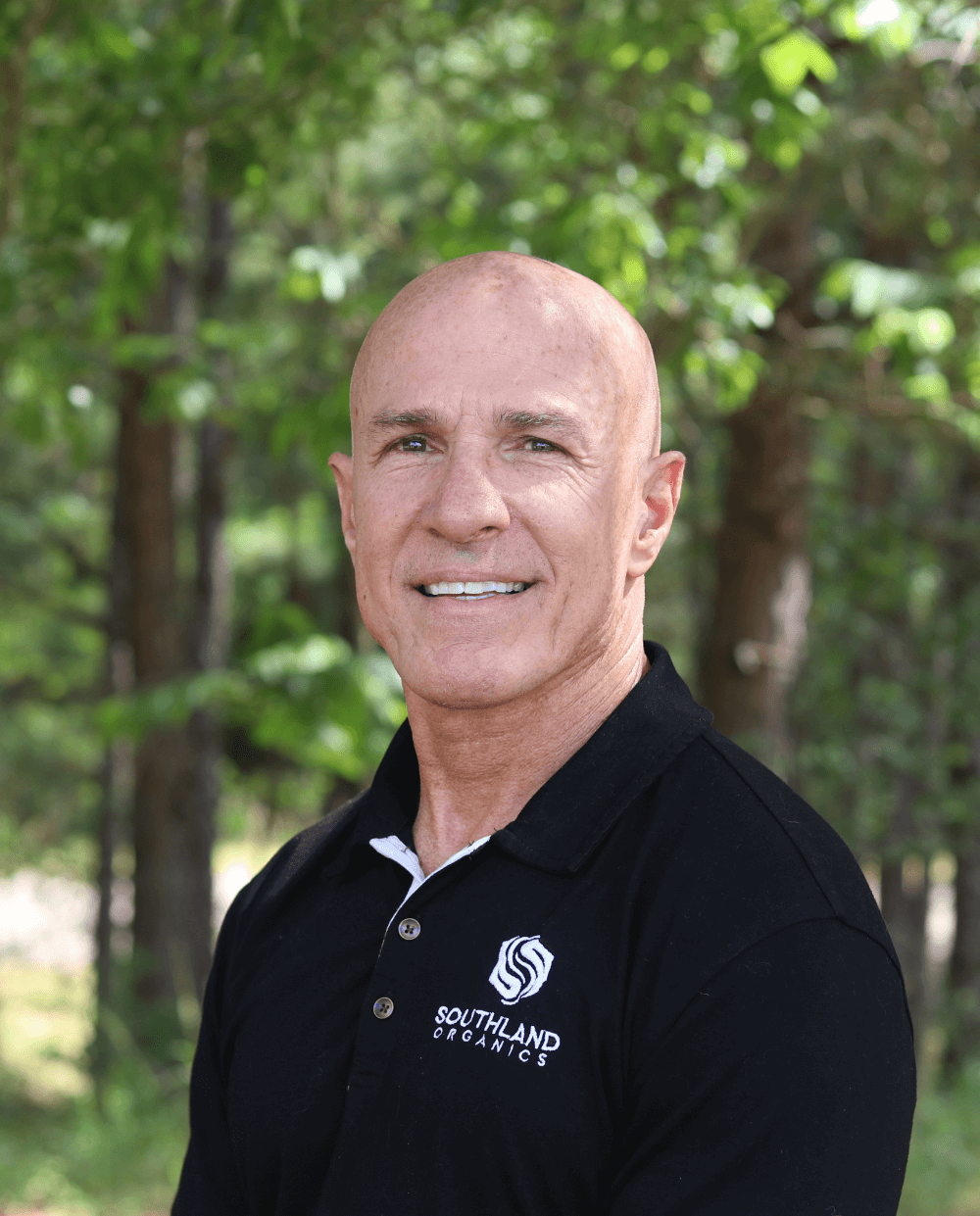One of the big signs of disease is mortality. But once mortality starts increasing, you’ve already got a major problem on your hands. What can you do before mortality kicks in? Here are seven things to monitor.
1. Poop
You can tell a lot about what’s going on with a bird by looking at their poop. A while back, we shared a Scoop on Poop series all about warning signs and good poop vs. bad poop.
Do they have firm manure? Is there a white cap on the litter? From disease to viruses to stressors, many factors affect the digestion of a bird. Pay attention to their poop and take action if it’s runny or bloody.
2. Water Consumption
If you see the water consumption start to come off, you need to start thinking about what's going on. Is it just because the birds are hot and don't want to get up and around?
There are a lot of water consumption charts out there to reference, which can be helpful. If you just go off what you saw with the last flock and your last flock had an undetected issue, your baseline will be off.
Look for changes in your flock’s water consumption. If your birds have been increasing every week and then they level off or go down, is there something going on? Is it something minor, or is it something to pay attention to?
3. Feed Conversion
Some growers don't bother with feed conversion until they get their sheet back from the integrator. But some of you do check your average daily gain, just like you check your water consumption.
Consider referencing a chart of where your bird should be as far as feed conversion. They’re taking in feed, but where are they on the weight? What is the average daily weight gain? If you're not already measuring average daily gain, you ought to take a look at it.
4. Behavior
Are your birds acting normal? Are they getting up when you go through the house and walk your birds for mortality? Are they getting up and moving like they normally do? Are they energetic? Or are they sitting down or moving slow?
If they’re sitting down and you can't really see anything specifically wrong, but you see they're sitting back on their legs, take note and monitor it.
5. Sounds
What do your birds sound like? A grower in Alabama told me that when she comes down to the house in the morning, she can hear her birds talking and she knows what's going on with them.
That may sound silly to you, but the fact is there are specific sounds that I've heard many growers talk about. You know the noises I'm talking about! Maybe your birds are panting a good bit. Or maybe they're wheezing, which is a common sound to watch for with turkey.
Listen out for unusual sounds that can help you know what’s going on in the house.
6. Age of Hen
The age of the hen where your chicks come from can greatly affect your birds' performance.
I learned this lesson a long time ago. Growers sat me down and explained how if you get chicks from a young hen, they'll perform pretty well, but their mortality will be high. If you get chicks from an older hen, mortality is going to be low, but they're not going to perform well. So, a middle-aged hen is a nice place to be.
If you have high mortality during the first couple of weeks, is it just because your chicks came from a young hen, or is there something more serious going on?
On the other hand, if mortality is high and your chicks came from an older hen, you know that's not normal and there's likely something going on.
7. What are other growers experiencing?
Unfortunately, sometimes everything can look good—poop, water consumption, feed conversion, behavior, sounds, age of hen—and then the next day you get blindsided.
To help prevent this, keep your ears open to what other growers are experiencing if you can. Maybe find out who got chicks at the same time as you, or what's going on in the complex. Sometimes the service tech will give you a little heads-up.
Find a way to keep your finger on the pulse. What are other growers going through right now? That can help you prepare for what might be coming to you.
Contact Us
Some diseases can't be prevented. But if you can detect them early, you've got a better chance of getting through them. As we always say, the best thing you can put on your farm is your shadow. So, I encourage you to get that five-gallon bucket out, sit down and pay attention. If you have any questions, give me a holler at allen@southlandorganics.com or 800-608-3755. For more tips, subscribe to our YouTube channel.






